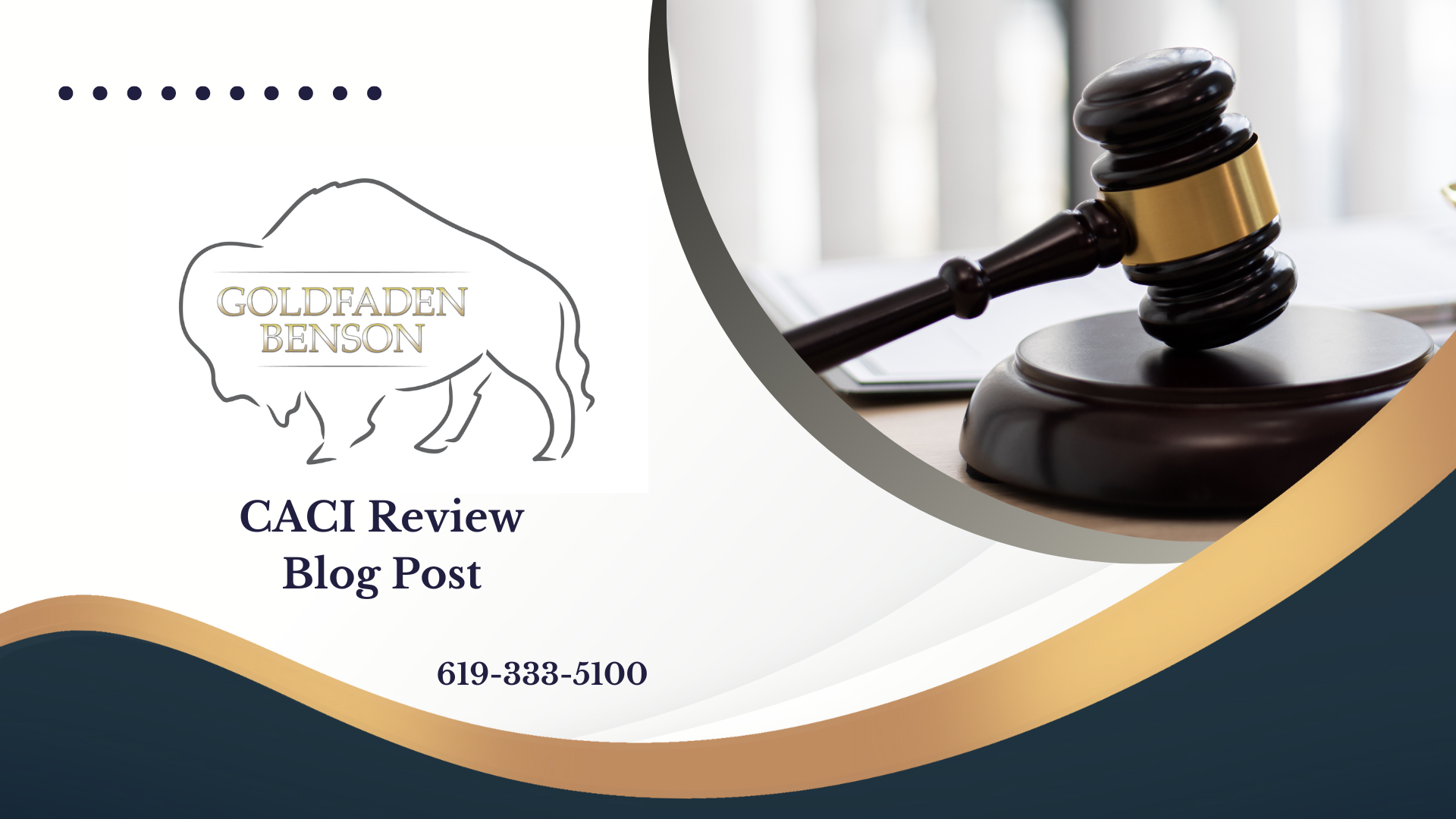Understanding Claims for Personal Injury in California
Navigating the world of personal injury law can be overwhelming. If you’ve been involved in an accident that caused injury, you might be wondering what steps to take next. One common claim people often consider is “negligence.” This blog post will simplify how negligence works in personal injury cases and clarify what you need to prove to win your case.
Defining Negligence
Negligence refers to a failure to behave with the level of care that a reasonable person would exercise in similar circumstances. When an individual or entity does something careless and causes injury to another person, they might be liable for negligence.
What Must Be Proven in a Negligence Case
To succeed in a negligence claim, you generally need to establish four key elements:
1. **Duty of Care:** This involves showing that the defendant owed you a duty of care. For instance, drivers have a duty to follow traffic laws and ensure the safety of others on the road.
2. **Breach of Duty:** You must prove that the defendant breached their duty. This could mean that they acted (or failed to act) in a way that a reasonably careful person would not have under those circumstances. For example, if a driver was speeding or distracted, that might be considered a breach.
3. **Causation:** You will need to show that the defendant’s breach of duty directly caused your injury. This connection can be more complicated; you have to demonstrate that your injury would not have occurred if not for the defendant's actions.
4. **Damages:** Finally, you must prove that you suffered damages as a result. This includes physical injuries, emotional distress, or other losses, such as medical bills or lost wages.
Relatable Scenario
Imagine you are walking in a parking lot, and a driver fails to stop at a stop sign, hitting you. In this situation, you can establish negligence by showing:
- The driver had a responsibility to stop (duty of care).
- They didn't stop (breach of duty).
- Their failure to stop is what caused you to be hit (causation).
- You sustained injuries that required medical treatment (damages).
The Importance of Evidence
Documenting the incident thoroughly can strengthen your claim. Photographs of the scene, medical records, and witness statements can all serve to solidly establish each of the four elements above.
Wrapping Up
Understanding the structure of negligence claims can help empower you as you navigate the challenges ahead. If you’re unsure about how to proceed or need assistance in gathering evidence, our team at Goldfaden Benson is here to help. We specialize in personal injury claims and can guide you through the legal process.
Have you faced a situation where you thought someone was negligent? Contact us today to discuss your story and learn about your options. Your safety and rights matter, and we’re here to support you every step of the way.
For more details on personal injury claims, or to ask questions about your specific situation, please visit our website at [Goldfaden Benson](https://www.goldfadenbenson.com/contact-us) for assistance.








